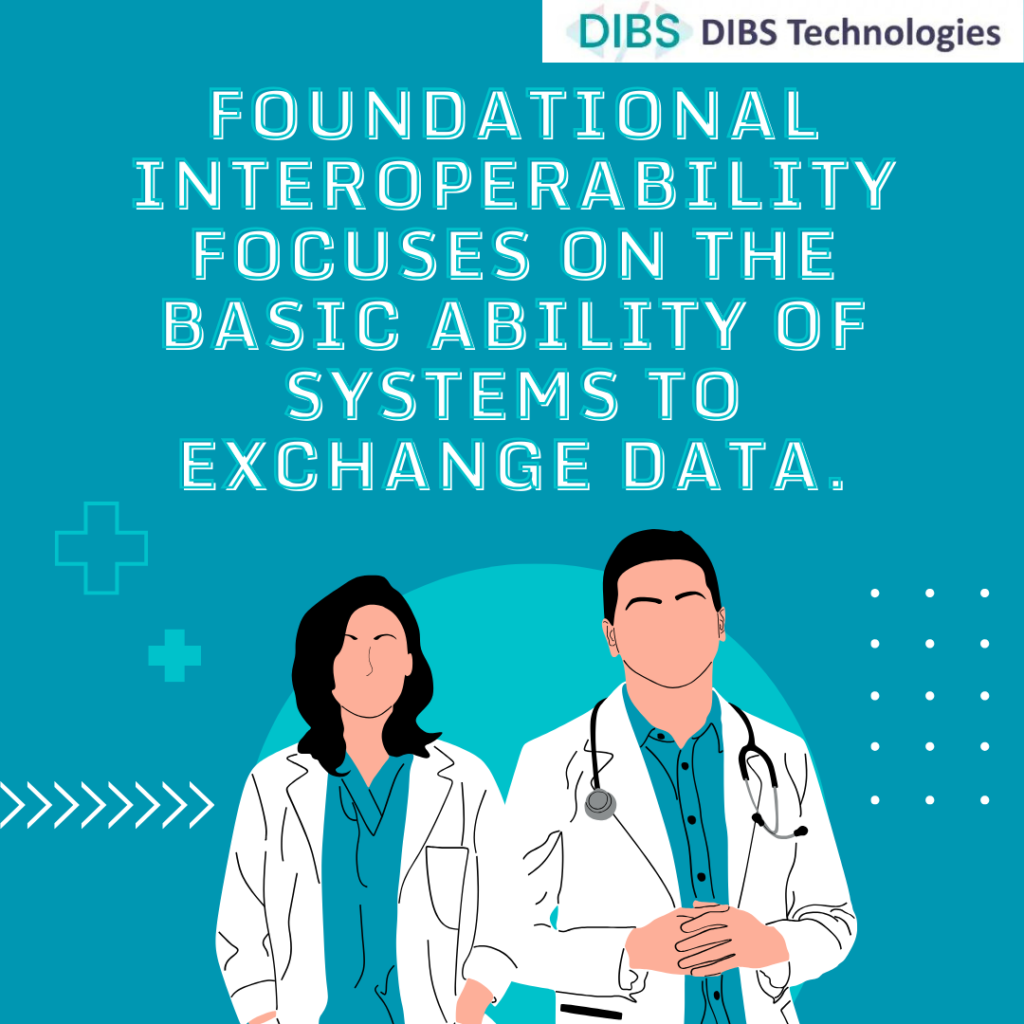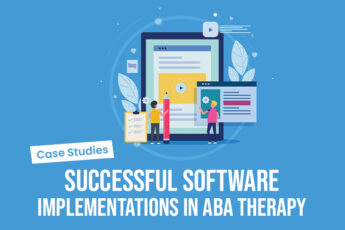In the ever-evolving panorama of healthcare, the pursuit of stepped-forward patient care is a steady mission for vendors. One key element that has emerged as a game-changer in this endeavour is interoperability. This article explores the importance of interoperability in healthcare and how it performs a pivotal function in raising patient care.
Interoperability refers back to the seamless change of information between special healthcare systems, permitting them to work collectively successfully. In the context of patient care, interoperability guarantees that applicable medical data, inclusive of electronic health statistics (EHRs), diagnostic reports, and treatment plans, can be shared and accessed across diverse healthcare platforms.
Types of Interoperability:
A. Foundational Interoperability: Foundational interoperability specializes in the basic capacity of structures to alternate statistics. It entails the transfer of records however won’t assure the ability to interpret the facts on the receiving quit.

B. Structural Interoperability: Structural interoperability addresses the layout and structure of the exchanged statistics. This level guarantees that records are presented in a standardized format that both sending and receiving structures can apprehend.
C. Semantic Interoperability: The highest degree of interoperability, semantic interoperability, involves the alternate of significant information. It ensures that records aren’t always the simplest transferred in a standardized format but also that the receiving gadget can interpret and use the information as it should be.
The Impact on Patient Care:
A. Streamlined Workflows: Interoperability minimizes the need for manual information entry and redundant office work, allowing healthcare carriers to recognise extra affected person care. Streamlined workflows lead to extended efficiency, decreased administrative burden, and advanced usual productivity.
B. Access to Comprehensive Patient Information: One of the number one advantages of interoperability is the potential to get entry to a patient’s whole scientific history across extraordinary healthcare settings. So, this comprehensive view aids in making informed decisions, averting duplicate assessments, and making sure that remedy plans align with the affected person’s standard health popularity.
C. Enhanced Care Coordination: Interoperability allows seamless communique among healthcare companies involved in a patient’s care, fostering collaboration and coordination. This is mainly essential in complex instances wherein more than one professional is worried, making sure that everybody is on the same page regarding diagnosis, treatment plans, and observe-up care.
D. Improved Patient Safety: The availability of correct and up-to-date patient data reduces the hazard of scientific mistakes. Interoperability ensures that healthcare companies have get admission to to vital information, which includes hypersensitive reactions, medicinal drugs, and previous damaging reactions, promoting safer and extra customized care.
Overcoming Challenges:
A. Data Security and Privacy Concerns: The alternate of sensitive affected person records increases worries approximately data security and privacy. So, implementing strong security measures, inclusive of encryption and consumer authentication, is important to deal with those demanding situations and construct trust amongst healthcare vendors.
B. Standardization of Data Formats: Achieving seamless interoperability calls for the adoption of standardized information codecs and coding structures. So, enterprise-wide projects and collaboration are vital to set up and adhere to those requirements, ensuring that records are always established and interpretable across various systems.
C. Financial Barriers: The in-advance fees of imposing interoperable structures may be a deterrent for some healthcare vendors. However, the lengthy period of blessings, inclusive of advanced performance and decreased healthcare costs, outweigh the preliminary funding. Government incentives and guidance can play a crucial position in overcoming those monetary barriers.
The Role of Technology in Facilitating Interoperability:
A. Application Programming Interfaces (APIs): APIs act as bridges among one-of-a-kind software program packages, enabling them to alternate records seamlessly. Healthcare vendors can leverage APIs to combine EHRs, diagnostic equipment, and different structures, ensuring a cohesive float of records.
B. Cloud-Based Solutions: Cloud-based totally systems offer a scalable and accessible infrastructure for storing and sharing healthcare statistics. This now not most effective complements data availability however also allows healthcare providers to access data remotely, promoting flexibility and responsiveness.
C. Blockchain Technology: Blockchain, regarded for its stable and decentralized nature, holds promise in addressing records protection worries in healthcare. Thus, by supplying a tamper-resistant and transparent ledger, blockchain can decorate the integrity of fitness records and aid interoperability.
Future Trends in Interoperability:
A. Advancements in Health Information Exchange (HIE): Ongoing developments in HIE technologies aim to create more robust networks for sharing patient information securely. This includes improvements in data exchange standards, governance models, and the expansion of HIE networks to cover a broader spectrum of healthcare providers.
B. Artificial Intelligence (AI) Integration: The integration of AI into interoperable systems can revolutionize patient care. Thus, AI algorithms can analyze significant quantities of statistics, offering precious insights for personalised remedy plans, predictive analytics, and early ailment detection.
C. Patient Engagement Solutions: Future interoperability projects will likely recognise empowering patients to actively participate in their healthcare journey. So, patient engagement solutions, which include steady patient portals and cell apps, permit people to access and make contributions to their health statistics, fostering a more collaborative method of care.
Conclusion:
In conclusion, interoperability stands as a cornerstone for boosting affected person care within the healthcare landscape. As healthcare companies include interoperable systems, they free up the ability for streamlined workflows, improved care coordination, and, ultimately, better patient consequences. Overcoming demanding situations and staying abreast of technological improvements are important steps closer to realizing the total advantages of interoperability. By prioritizing interoperability, healthcare providers can herald a brand new era of affected person-centric care, wherein statistics flow seamlessly, main to extra efficient, safer, and personalized healthcare stories for all.
Talk to our experts and find out more about the latest healthcare technologies. See how the DIBS team can help you improve communication and coordination between healthcare systems. Thus, streamlining workflows, and enhancing patient care.







Leave a Comment